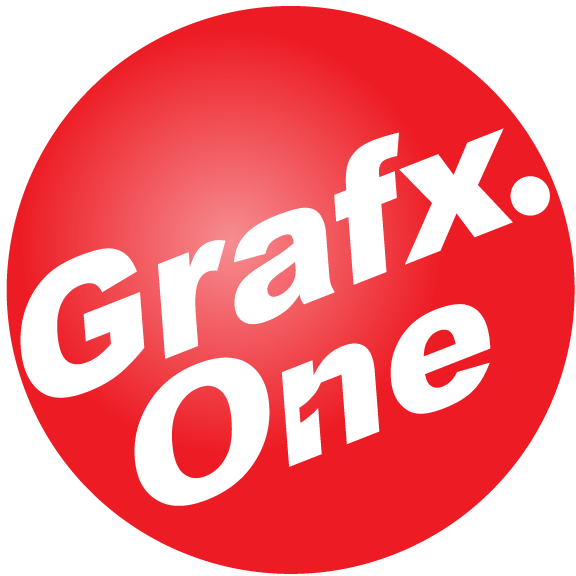
Above: One of several weekly menus designed for Kaur’s Kitchen Seattle using Adobe Photoshop and MailChimp services.
While discussing job trends with a business peer over coffee, we came to an interesting realization. Neither of us has designed a traditional ‘for print’ newsletter for a client in more than a decade. Once a cheap ‘in-house’ marketing method for small businesses and organizations, the ‘printed’ newsletter has all but disappeared.
During the course of the conversation, it was pointed out that there are still few newsletters being published in the traditional sense, but their design and production are rarely sourced out. The main source of these handout publications is often houses of worship and the workplace – ie. congregational newsletters and the typical ‘Office’ newsletter.
These remaining newsletters are typically written, assembled, and printed in-house. So has the market which was a steady mainstay for freelance creatives really dried up? The answer is both yes and no.
In support of the yes perspective, I must acknowledge that software like Microsoft Word and Publisher offer easy-to-use templates that give people a finished newsletter design as a starting point – just add your story, pictures, and logo. Many users find these templates are a cost efficient replacement for a comparatively expensive designer. The ease of use of the software combined with sites that sell templates allows one to avoid the designer readily.
Add to this a growing societal awareness surrounding the environmental costs of paper use. As a result, reducing paper’s use to save trees makes the ‘printed’ newsletter a rare gig to find in the 3rd decade of the 21st century.
I argue that the traditional ‘printed’ newsletter has evolved. While there are still printed newsletters being produced, as mentioned they are mostly designed in-house. The cost of toner, postage and paper make them prohibitively expensive for the small business on a budget.
Supporting the no perspective, I argue that the printed newsletter has evolved into video, blogs, and email. YouTube and MailChimp are two examples of an evolved virtual newsletter market that is still wide open to gig workers. Not every business owner has the knowledge or time to edit video and assemble a podcast or create a professional email newsletter that gets results. Here, enter the freelancer…
The opportunities are out there.

Recent Comments